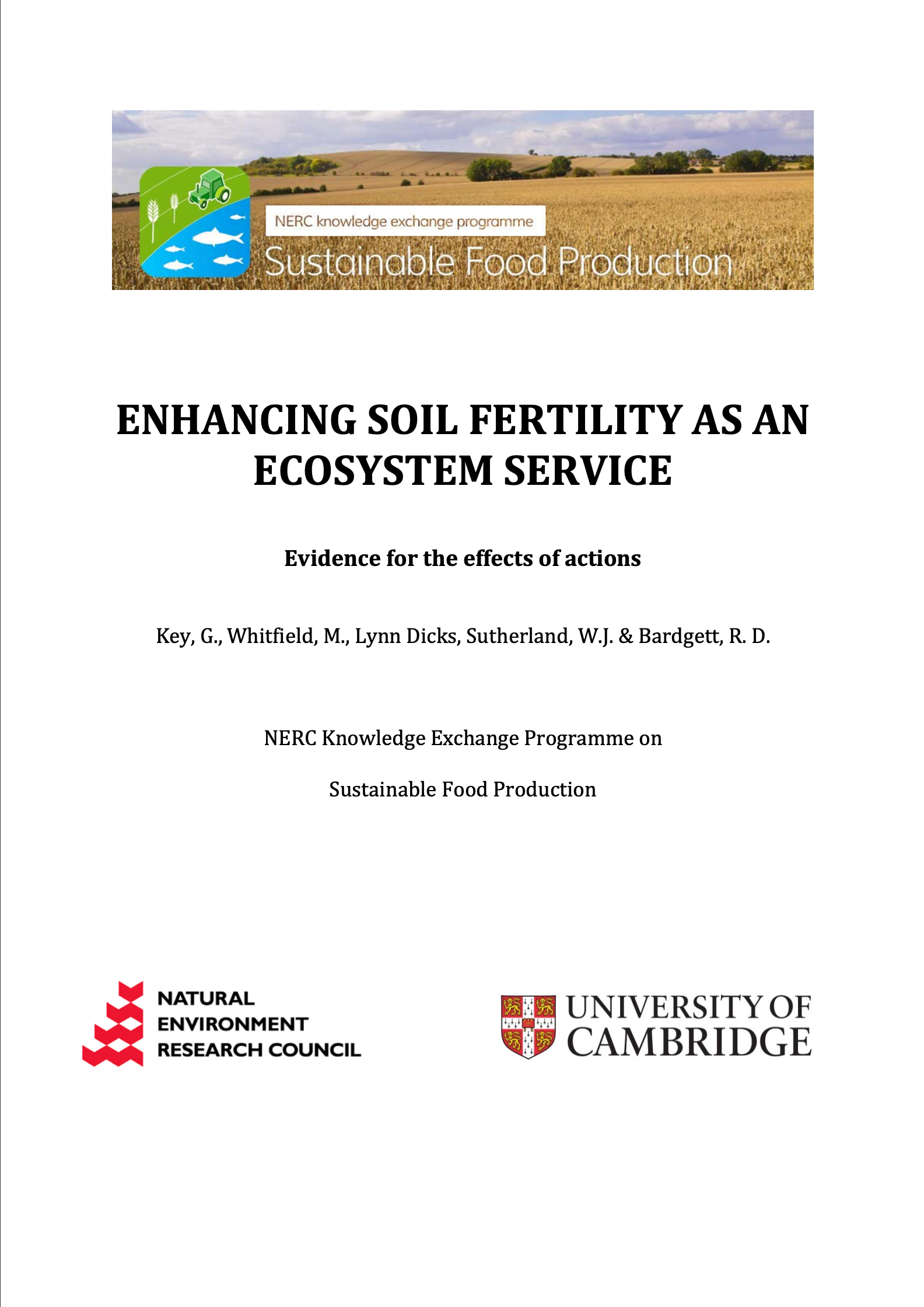Incorporate leys into crop rotation
-
Overall effectiveness category Trade-off between benefit and harms
-
Number of studies: 1
View assessment score
Hide assessment score
How is the evidence assessed?
-
Effectiveness
46% -
Certainty
45% -
Harms
36%
Study locations
Supporting evidence from individual studies
A replicated experiment from 1994 to 2006 on sandy-loam soil in Foulum, Denmark (Eriksen et al. 2008) found lower nitrogen uptake in 25% and 38% grassland leys than in a 75% grassland ley, therefore less fertilizer (average application 111 kg N/ha) was required to improve subsequent barley Hordeum vulgare crops, compared with after the 75% grassland ley (132 kg N/ha). Overall nitrogen uptake by perennial ryegrass was higher grown alone (126 kg N/ha), than in the perennial ryegrass-white clover Trifolium repens ley (109 kg N/ha) treatment. Four replicates of two crop rotations (in 576 m2 plots) were established, including unfertilized ryegrass Lolium perenne-clover and fertilized (300 kg N/ha/y) ryegrass leys rotated with barley. Half of the barley plots were undersown with ryegrass. Each ley treatment was split into 25%, 38% and 75% grassland (remainder not specified). In 2002-2003, cattle slurry fertilizer was applied at three different rates: 0, 115 and 230 kg N/ha on 12 x 12 m plots. Up to 20 soil samples were taken periodically from each plot between 20-100 cm depth and soil carbon, nitrogen, nitrate and ammonium levels were measured.
Study and other actions tested
Where has this evidence come from?
List of journals searched by synopsis
All the journals searched for all synopses
This Action forms part of the Action Synopsis:
Soil Fertility
Soil Fertility - Published 2013
Soils Synopsis





)_2023.JPG)














